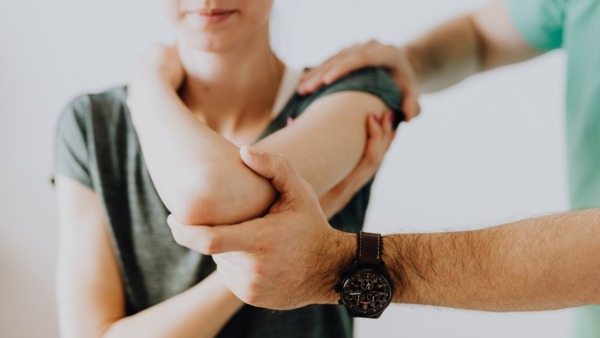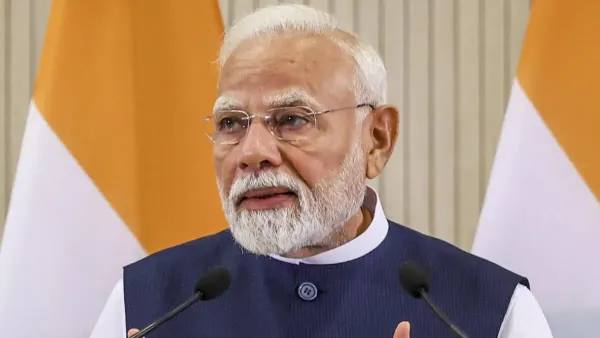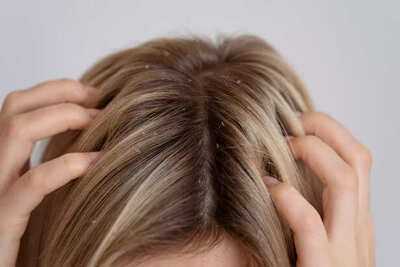
When 32 year old Arvind Singh slipped on his wet bathroom floor and fractured his shoulder, the pain wasn’t just physical. This slip, and the sickness that came with it disrupted his work, his routine, and his sleep. Even after the cast came off, his movements were restricted, and simple tasks like lifting a glass of water or wearing his shirt started feeling impossible to do without pain.
And for Singh, help came in the form of physiotherapy. While many people believe that physiotherapy is just for the elderly or athletes, it is simply not true. From muscle strains to frozen shoulders, nerve pains to post-operative recovery, physiotherapy has a powerful role in healing the human body.
But physiotherapy, when practiced as more than just mechanical movement, becomes something deeper. That’s where certain centres of Holistic health come forward.
Healing beyond the surface
Physiotherapy today includes a wide spectrum of tools and techniques, and when combined with traditional wellness sciences, the results can be transformative.
Take wax therapy, for example. At first glance, dipping limbs in warm paraffin wax might seem old-school, but the warmth soothes inflamed joints and muscles, loosening stiff tissues and improving circulation. For someone with arthritis or a frozen shoulder, this simple step can feel miraculous.
Sarita Mathpal, for example, told TOI Lifestyle team “There’s a kind of relief that flows not just into the muscle, but into the mind too. I am a homemaker with minimal outdoor activity, but even the tasks at home were catching up with my old age. But when I tried wax therapy on the recommendation of a friend who works at a
Patanjali Wellness Center, I thought, why not give it a try?
On a long weekend I reached Haridwar along with my husband, and we were both ready to explore what the Patanjali Wellness centre had in the cards for us. And in just one session and a simple therapy, I felt much better and could catch up on my daily work. Now, I try to help more people and guide them towards wellness centres that actually work.”
Alongside this is ultrasound therapy, where high-frequency sound waves dive into deep tissue layers, easing muscle knots, reducing swelling, and accelerating healing from within. Techniques like TENS (Transcutaneous Electrical Nerve Stimulation) use gentle electrical pulses to block pain signals, while encouraging the body to release endorphins, which are often called natural painkillers.

Then there's IFT (Interferential Therapy), which uses a pair of medium-frequency currents to reach deeper muscle tissues, improving blood flow and melting away chronic inflammation.
And sometimes, the oldest therapies work best. Cryotherapy , which is basically about using cold packs or simple ice applications, remains powerful in treating swelling and nerve irritations. The simplicity of it doesn’t reduce its power.
These aren't just disconnected machines. In many holistic centres, each method is thoughtfully paired with yogic breathing, Ayurvedic massages, or even detoxifying Panchakarma routines. The idea is not just to treat a symptom, but to rebalance the entire system.
Who will benefit from it?
Physiotherapy is not restricted to those in obvious pain. Its applications are wide-ranging, often surprising people with the variety of conditions it can address:
Musculoskeletal issues : Whether it’s a case of stubborn lower back pain, tennis elbow, or fibromyalgia, physiotherapy can realign the muscles and relieve discomfort.
Neurological disorders : From post-stroke stiffness to nerve compression in the spine, treatments here focus on slowly restoring function and preventing further degeneration.
Rehabilitation: Sports injuries, fractures, or post-operative contractures all require consistent physiotherapy to bring the body back to normal functioning.

Chronic inflammation: Conditions like tendinitis, bursitis, and myositis respond especially well to deep tissue therapies like IFT, ultrasound, and SWD.
But the success of physiotherapy isn’t just in tools. It’s in the therapist’s hands, their understanding of the body, and the philosophy they work with.
Dr. Parmila Sharma, HOD Physiotherapy, Paras Health, Gurugram, says "Physiotherapy and rehabilitation therapy emphasise on natural, manual techniques to restore, maintain, and improve health. The main goal of physiotherapy and rehabilitation therapy is to increase joint mobility and functionality without the use of drugs or intrusive procedures, which will ultimately result in improvements to overall health."
A step towards holistic health
For someone like Singh, and for women like Sarita, what began as a physiotherapy journey or a natural way out of everyday pain issues, turned into a health reset. “I didn’t just regain shoulder movement,” he smiles. “I lost weight, my sleep improved, and I haven’t touched a painkiller in months.”
This is the quiet power of holistic physiotherapy , where science and tradition meet, and healing is not just measured in X-rays but in how you feel when you wake up each morning.
And sometimes, healing starts with something as simple as warm wax, cold packs, and a belief that the body, when supported right, knows how to heal itself.
-
Declined Trump’s invite to US for coming to land of Lord Jagannath: PM Modi

-
Iran expects India to condemn Israeli military actions against it

-
Pakistan PM Sharif reaffirms his willingness to talk with India on all issues

-
Indian Navy personnel to perform Yoga on warships at sea

-
This Is Why Your Hair Won't Grow—And It's Not What You Think
